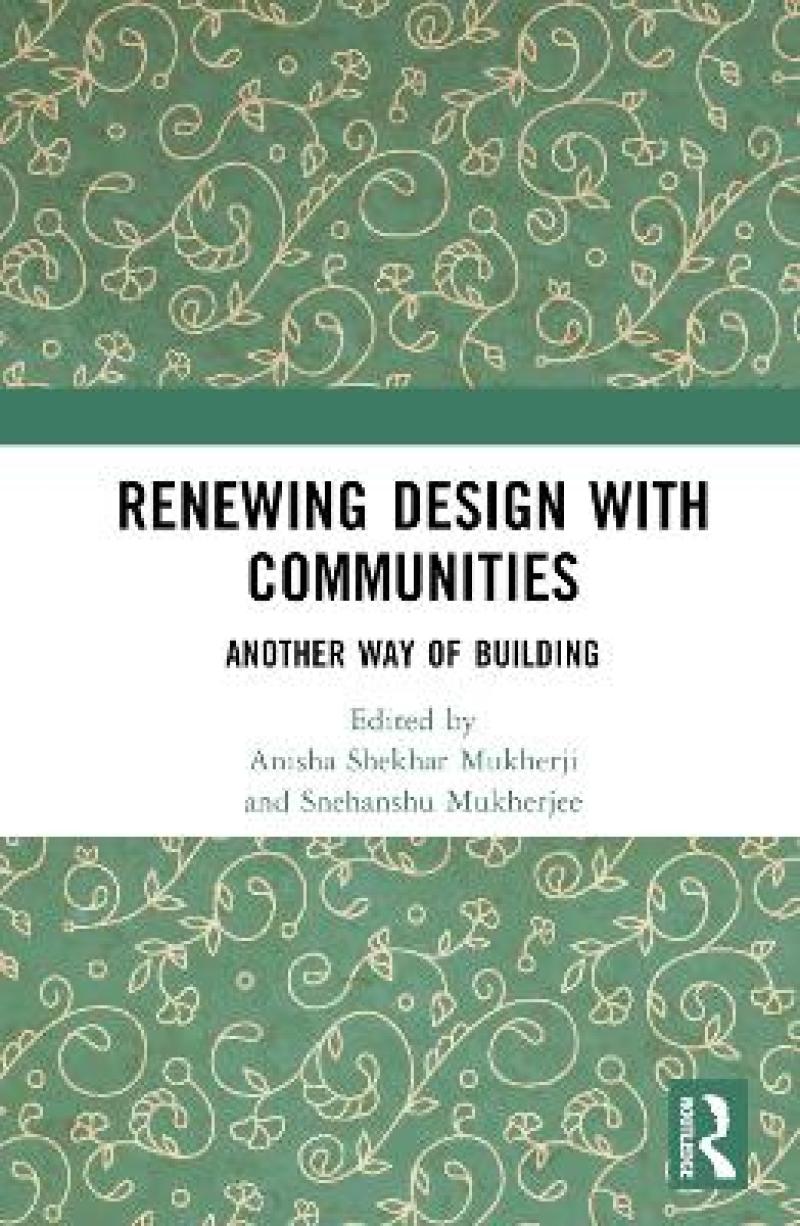This book looks at alternative ways of analyzing traditional and contemporary architectural design and building practices in South Asia with a special focus on India. It showcases how collaborative projects between architects and local communities and drawing from local building traditions can lead to sustainable and equitable practices in architecture.
The volume includes an analysis of projects in rural, tribal, and urban areas of India and Nepal and first-hand accounts of architects, teachers, and professionals engaged in the theory and practice of design and architecture. It examines the differences between the individualistic and the collective approach and explores the meaning of architecture as a process and as a product and as a decentralized, ecologically, and locally sensitive way of designing. While comparing traditional and modern methods of building, it also examines the impact of each method on the community, the economy and the surrounding environment.
This book will be of interest to researchers and students of architecture, urban studies, urban planning, urban ecology, urban geography, and sustainable development. It will also be useful for architects, planners, urban designers, and professionals associated with these disciplines.
This book looks at alternative ways of analyzing traditional and contemporary architectural design and building practices in South Asia with a special focus on India. It showcases how collaborative projects between architects and local communities can lead to sustainable and equitable practices in architecture.
List of Figures
List of Contributors
Acknowledgements
INTRODUCTION
Anisha Shekhar Mukherji and Snehanshu Mukherjee
1. THE RELEVANCE OF THE BUILDING TRADITIONS OF INDIA
Anisha Shekhar Mukherji
2. ARCHITECTURE OF THE PEOPLE
Peu and Prabir K Das
3. CONVERSATIONS WITH THE COMMUNITY
Anu and Krishna
4. Democratising Development through Earth Architecture
Arshima Champa Dost and Mainak Das
5. Activism through Architecture
Kanchan Joneja
6. FRUGALITY: AN INDIAN WAY TO BUILD
Golak Khandual in conversation with Snehanshu Mukherjee and Anisha Shekhar Mukherji
7. ARCHITECTURE FOR WATER: A REPOSITORY OF KNOWLEDGE
Meghal Arya
8. Traditions of the Kathmandu Valley
Biresh Shah
9. Architecture of Control: The Legacy of Modernism
Snehanshu Mukherjee
Produktdetaljer
Biographical note
Anisha Shekhar Mukherji is a conservation consultant, architectural historian and an independent designer and researcher. Her interests are in reading historical sites and investigating knowledge-systems encapsulated in indigenous traditions. She integrates these into her teaching-modules as visiting faculty at School of Planning and Architecture (SPA), New Delhi, and focuses attention on them in the public domain through her writings in her blog as well as journals, magazines and books. Her publications include The Red Fort of Shahjahanabad (2003), Jantar Mantar, Maharaja Sawai Jai Singh’s Observatory in Delhi (2010) and Attributing Design Identity; Identifying Design Attributes (2020).
Snehanshu Mukherjee is a founding partner of Team for Engineering Architecture & Management (TEAM), has taught at School of Planning and Architecture (SPA), New Delhi as a visiting Professor, and has been associated in various capacities with several institutions of architecture in India, such as CEPT University, Ahmedabad, SPA Vijaywada, PVPCOA Pune, and IES COA Mumbai. He is currently Adjunct Professor at Indian Institute of Art and Design, New Delhi. He is deeply interested in understanding, analysing, and putting forth solutions to the process of architectural and urban planning in India, which also inform the content of his writings published in several journals, books and his blog.
